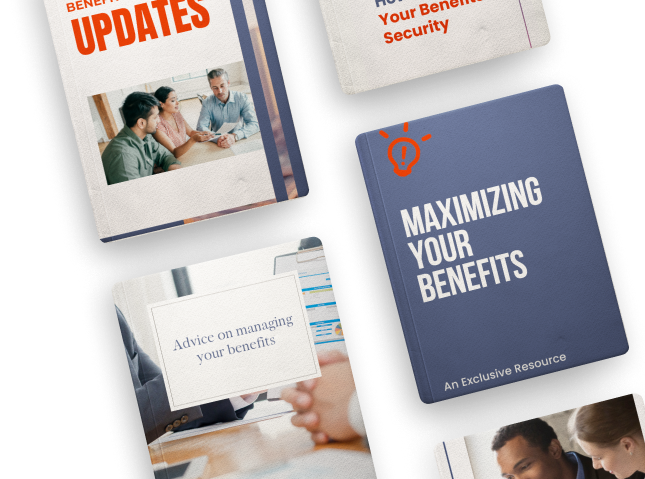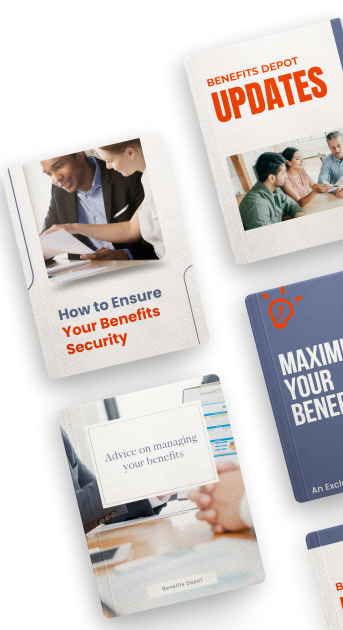Helpful Government Assistance Programs You Didn't Know About
Many government assistance programs exist to help the needy. Unfortunately, many people don't know about these programs, or they don't know how to access them. The beauty is that they don't have strict regulations, and anybody can benefit provided they meet some simple requirements. Some of these programs include:
Temporary Assistance for Needy Families (TANF)
TANF is a U.S. government program providing financial assistance to low-income families. The program started operating in 1996 as part of the welfare reform movement, and it replaced the previous Aid to Families with Dependent Children (AFDC) program. TANF offers various benefits, including cash assistance, job training, and childcare. The U.S. Department of Health and Human Services administers the program, and federal, and state governments fund it. The program continues to provide vital assistance to millions of Americans each year despite the criticism for its work requirements, which some argue are unrealistic for low-income families.
Supplemental Nutrition Assistance Program (SNAP)
The program provides low-income families with money to buy food. The U.S. Department of Agriculture (USDA) administers the program, and participants must meet certain income and asset guidelines to qualify. Members can use the SNAP benefits to purchase food items at participating grocery stores, and new rules that went into effect in 2016 allow purchasing of seeds and plants for home gardening. In addition, the SNAP program also offers nutrition education and job training opportunities for participants. As the nation's largest anti-hunger program, SNAP plays a vital role in combating poverty and ensuring that all Americans have access to nutritious food.
The Livestock Forage Disaster Program (LFDP)
The government established the program in 2006 assists ranchers and farmers who suffer losses due to drought and other natural disasters. It offers financial assistance to eligible producers to help cover the cost of feeding their livestock. Producers must have lost at least 30 percent of their average forage production to qualify for the benefits, and they should apply within 30 days.
The United States Department of Agriculture (USDA) administers the LFDP while the federal government pays out the benefits to producers on a case-by-case basis. The LFDP has been a lifeline for many ranchers and farmers, providing vital assistance during difficult times. The program has helped producers weather droughts, wildfires, and floods and has played an essential role in supporting the agricultural industry.
Medicaid
The government-sponsored health insurance program provides coverage for low-income individuals and families. The federal government and the states jointly fund Medicaid, and each state has a specific Medicaid program. An individual must have an income below a certain level to be eligible for Medicaid. In some states, Medicaid covers children, pregnant women, disabled adults, and seniors. In addition, Medicaid pays for long-term care expenses. Medicaid is an important safety net for millions of Americans and helps ensure everyone has access to quality health care.
The Low Income Home Energy Assistance Program (LIHEAP)
The program assists low-income households settle their energy bills. Eligible families can receive help with paying for heating, cooling, and other energy-related expenses. The program also provides weatherization and crisis assistance services. LIHEAP assistance is available to both renters and homeowners. Households must meet specific income guidelines to qualify for weatherization and crisis assistance services.
HUD Public Housing Program
The program provides affordable housing solutions to the needy. Local public housing agencies (PHAs) fund and manage the program. Families who qualify for public housing must meet specific income guidelines and may be required to pay a portion of their income towards rent in low and high-rise housing units. Some areas have a limited number of townhouse-style units available for the residents. However, each PHA sets its eligibility requirements and application procedures prioritizing the elderly, disabled, and moderate-income families.
The National School Lunch Program (NSLP)
The program has offered free and reduced-price lunches to children from low-income families since 1946. The program also assists schools and childcare centers so they can serve nutritious meals to children in their care. In addition to providing nutritious meals, the NSLP also helps to fight childhood obesity by encouraging children to eat healthy foods and drink plenty of water. The program also offers nutrition education resources for parents and caregivers.
The government has launched numerous that support needy families through housing, food, and healthcare. If you need assistance, don't hesitate to contact your local government office to learn more about these programs. The above is a fraction of them, and eligibility requirements vary by program. The bottom line is that every sector has a specific assistance program that meets every applicant's needs.












